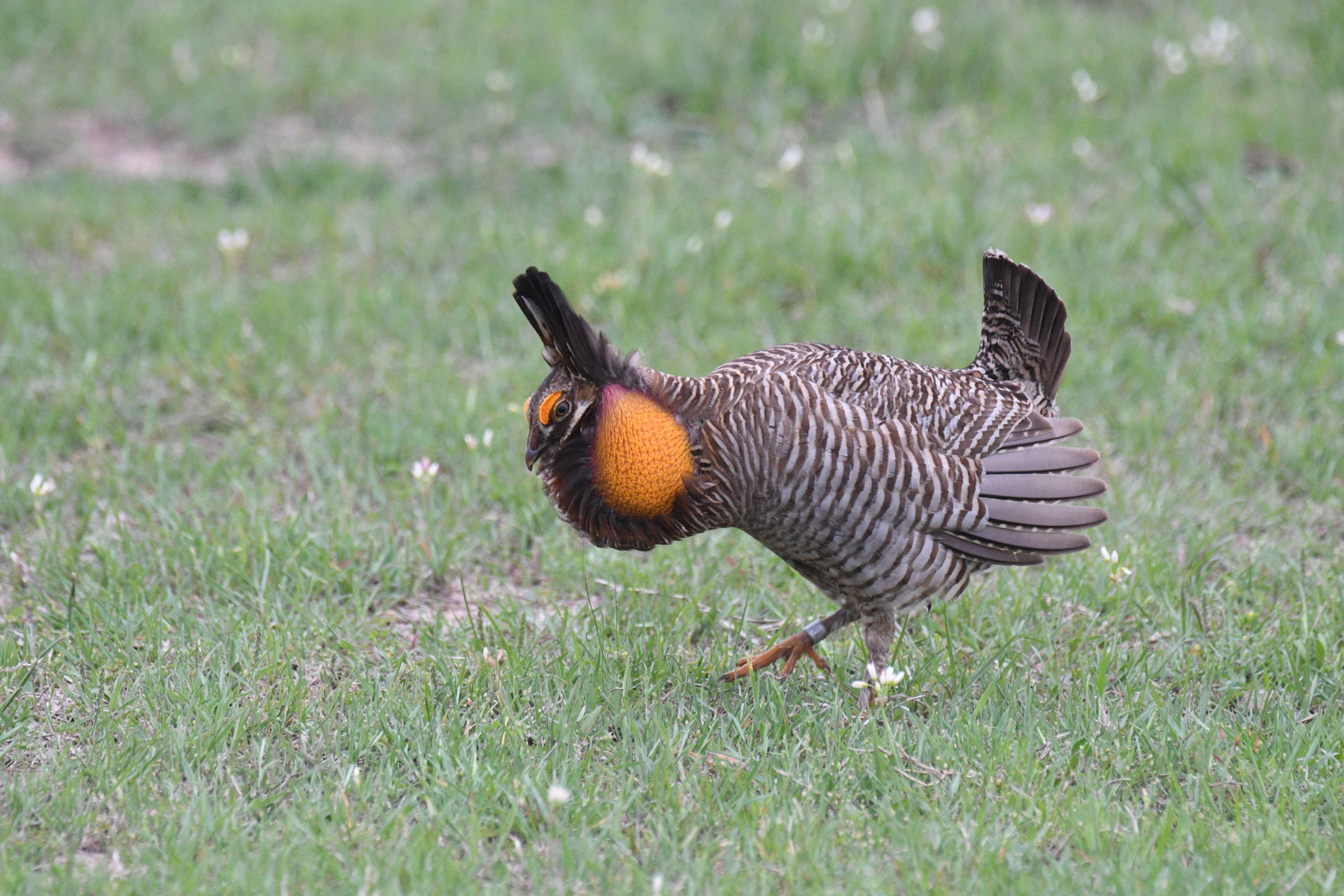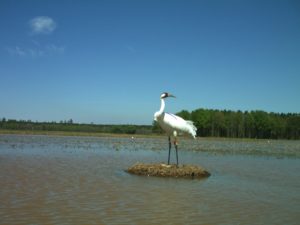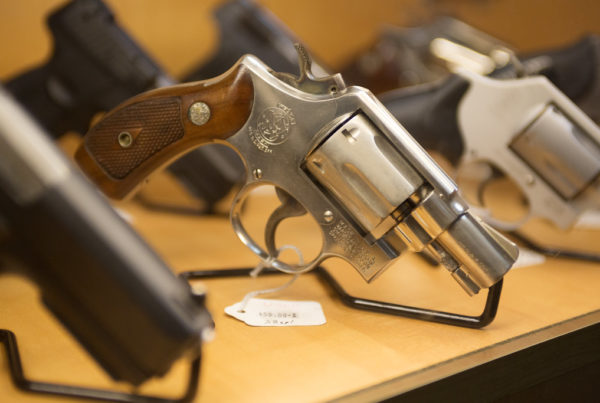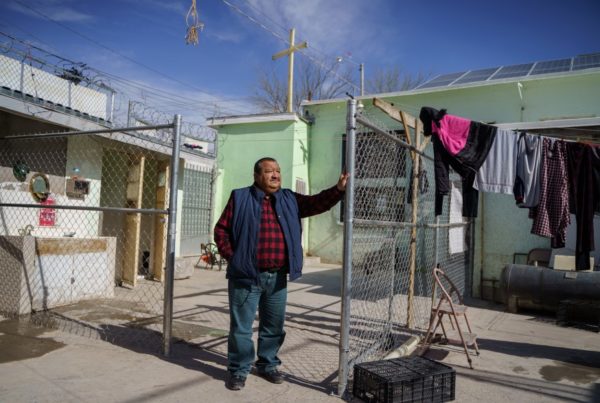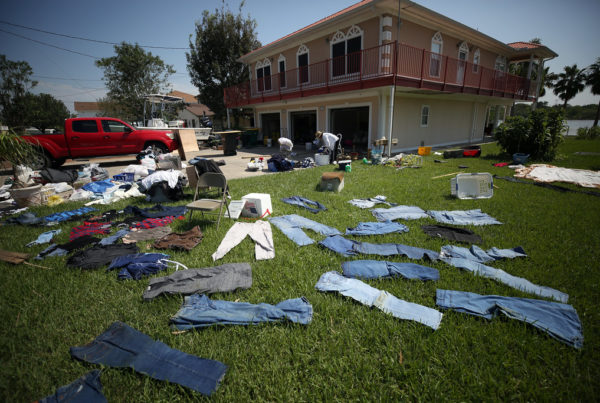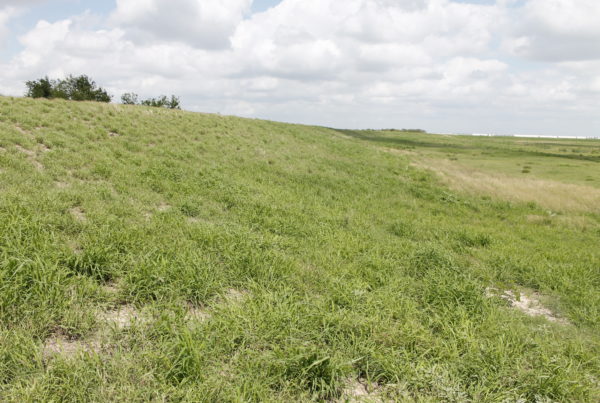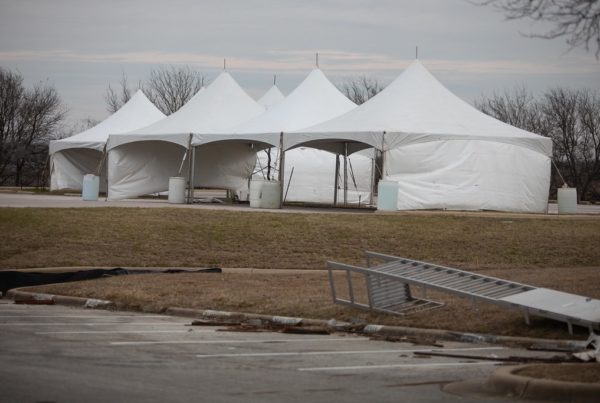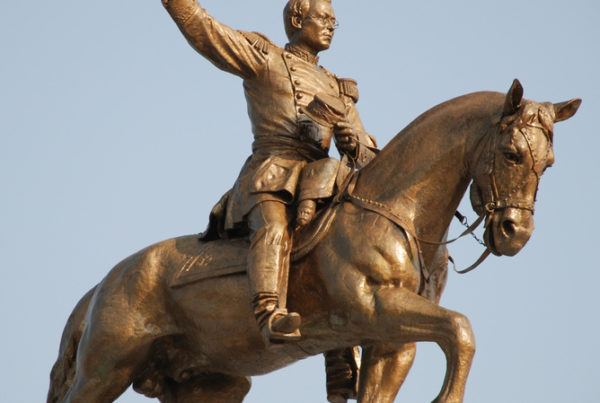Going into this year’s Attwater’s prairie chicken census, John Magera was optimistic.
But on the first day of the count in early March, as he stood in the bed of his pickup on a burnt patch of prairie, even he was pleasantly surprised by how many chickens were out there.
“The conditions were perfect the day we did that count,” Magera said. “It was a calm, cool morning. Not only could you hear the birds for a long ways, you could see them for a long ways.”
Magera is the refuge manager for the Attwater Prairie Chicken National Refuge – over 10,000 acres of marsh and coastal prairie northeast of Corpus Christi.
The count that day yielded 178 prairie chickens – a 30-year high. It confirmed that the endangered birds have a long way to go, but they’re making progress nonetheless.
Attwater’s prairie chickens are only found on the refuge Magera manages, and on private land near Goliad. These days most chickens are bred in captivity, and then released at one of these sites.
“In the mid-90s, we nearly lost this bird completely. And the last-ditch effort for a lot of endangered species is to capture individuals, or in this case eggs, and create a captive breeding program,” Magera said.
The population increase is due to the success of those programs, but the numbers might be even higher were it not for recent floods. The tax day flood in 2016 and Hurricane Harvey in 2018 both devastated the prairie chicken population.
“Those two back-to-back 500 year floods, they knocked us not just back to where we were, but actually down to the lowest number in the wild in history,” Magera said.


